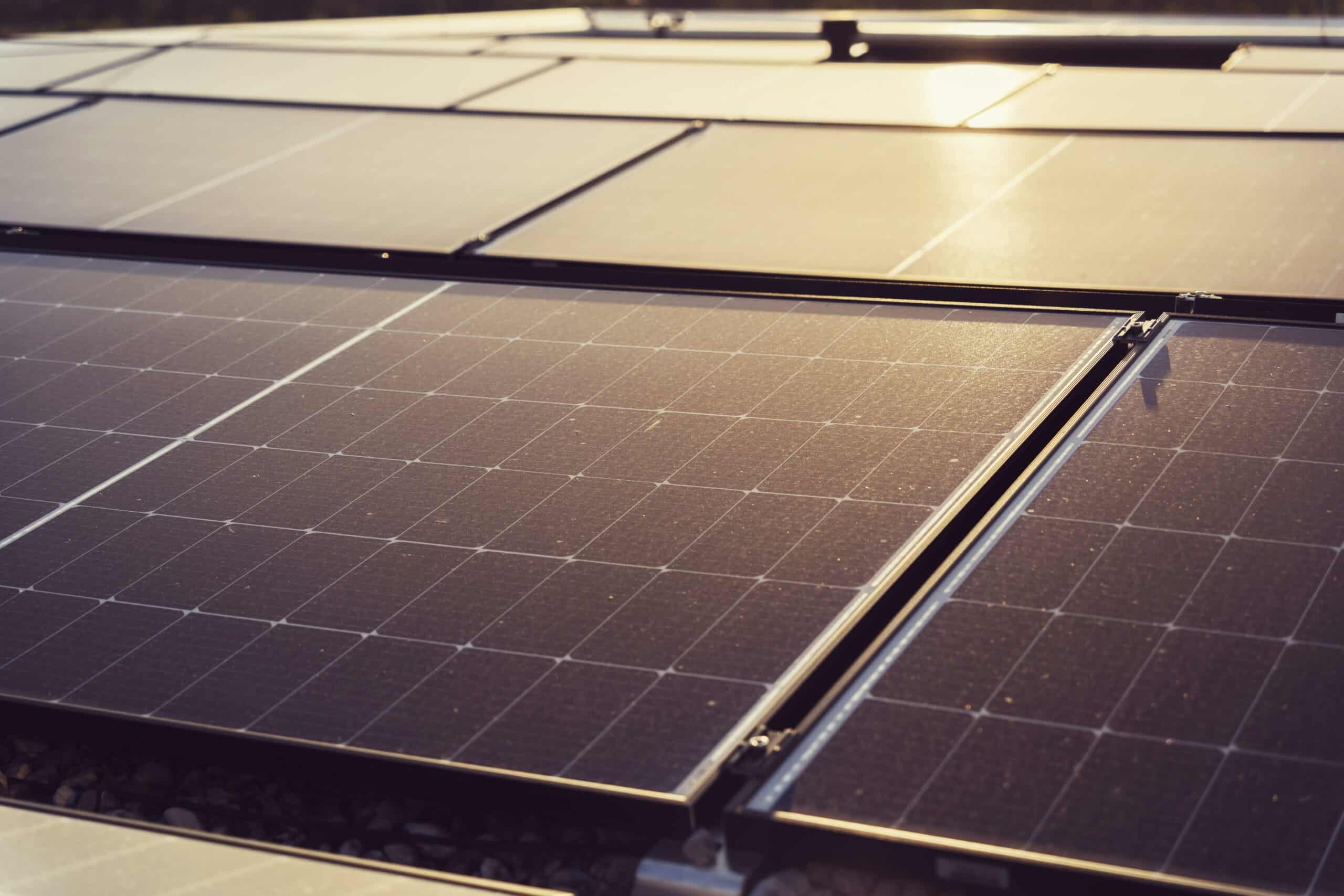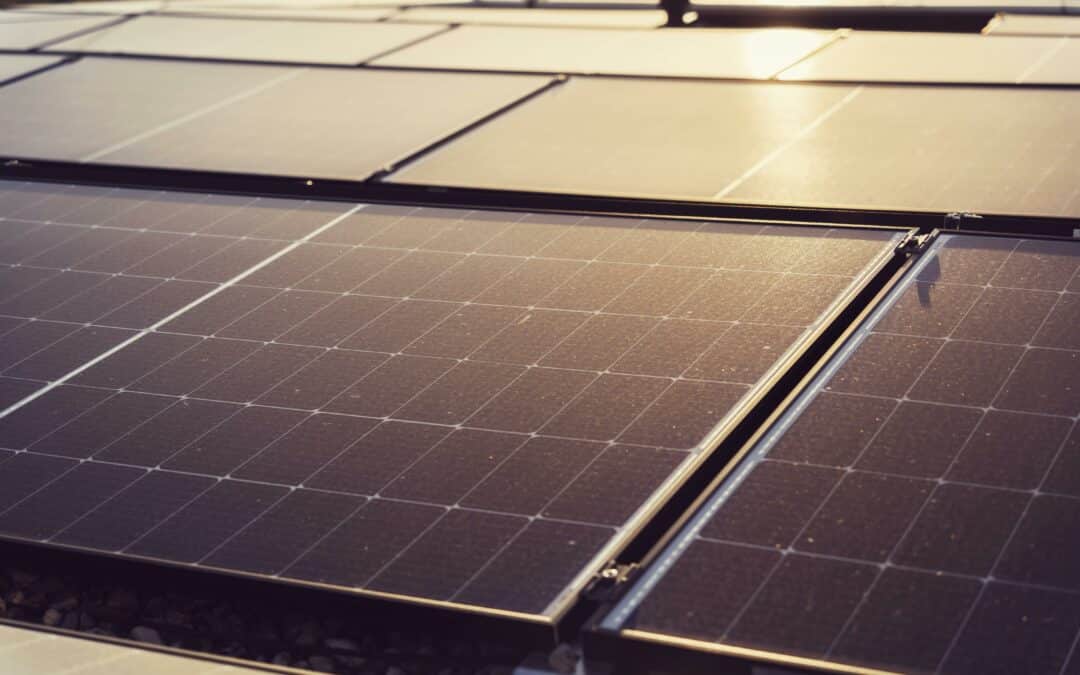When installing solar panels, the primary goal is to generate clean energy and optimize efficiency. But have you ever heard of the risks of glare or light reflection?
This issue often arises in photovoltaic projects because it can directly impact nearby sensitive infrastructures, such as airports or highways.
Indeed, solar panel installations can produce reflective glare that may disturb pilots during landing, air traffic controllers, motorists, or nearby residents. For this reason, glare studies have been introduced to assess the impact of solar installations on the surrounding environment.
What is a photovoltaic glare study and why is it important?
A glare study is a technical analysis designed to assess the risk of disturbance caused by sunlight reflected off solar panels toward their surroundings. It is based on digital simulations that take into account:
- The orientation and tilt of the panels
- Sun rays throughout the year
- The position of nearby sensitive infrastructures (runways, roads, homes, etc.)
- The intensity and duration of reflections at different times of the day and year
The glare study is conducted using modeling tools that simulate light reflection from the panels based on their location and sun exposure.

Why conduct a glare study for solar panels?
Depending on their orientation, solar panels can cause significant visual discomfort for certain users due to reflected light.
The main reasons justifying such a study include:
- Aviation safety: Pilots and air traffic controllers need clear visibility during takeoff and landing. Poorly assessed glare could pose a safety risk.
- Road safety: Strong reflections on a road can impair drivers’ vision and lead to accidents.
- Visual comfort for residents: People living near solar installations may be exposed to disturbing glare.
Who needs to request a solar glare study?
- The French Civil Aviation Authority (DGAC) and the Military Air Traffic Directorate (DIRCAM): for projects near airfields, helipads, and ultralight platforms (ULM).
- Departmental Territorial Directorates (DDT) and Regional Directorates for Environment, Development and Housing (DREAL): when close to road or heritage infrastructures.
- Municipalities: as part of building permit applications or public inquiries.

What does the DGAC regulation say about photovoltaic reflections?
Until recently, a glare study was required for any photovoltaic installation within 3 km of an airfield. However, the latest revision of the DGAC’s Technical Information Note (NIT), published in October 2024, removed this obligation for airfields open to public air traffic.
Why this change?
Studies conducted in recent years have shown that the risk of glare for pilots, air traffic controllers, and AFIS (Aerodrome Flight Information Service) personnel is negligible.
As a result, it is no longer necessary to systematically require such studies from project developers.
Exceptions to be aware of :
However, not all projects benefit from this regulatory simplification!
- Military and private airfields, ULM platforms, and helipads are not covered by this note and may still require glare studies.
- Local authorities (DDT, DREAL, municipalities, etc.) may continue to request such studies depending on the specific context of the project.
So, while the requirement has been relaxed for solar projects near civilian airfields, it is still recommended to check local regulations before launching a project.
What is the purpose of a glare study?
A glare study plays a key role in securing a solar project. Even if it is no longer always mandatory, it remains a crucial tool for ensuring compliance with local authority requirements or certain infrastructure standards.
By identifying risks related to light reflection, it helps anticipate potential issues that could lead to costly adjustments after installation.
Moreover, it provides a strong technical argument to reassure stakeholders, whether they are airfield operators, local communities, or residents. By demonstrating that the glare presents no danger, it facilitates obtaining permits and strengthens the project’s credibility.
Are you concerned about glare studies for your solar projects? Our experts are here to help. Feel free to contact us to learn more !
